If there would be just one thing which transformed our intergenerational living experience, it would have been singing together at the piano. One of our song books from Mother’s church is titled, Sing the Journey. Thus – the title of this post.
Fathomless billows of love
Dad’s musical involvement could easily be missed, but I would often see him quietly tapping his foot. Mother, on the other hand, was at her best when singing.
We liked all kinds of sacred music and Broadway show tunes, but overdosed on Southern gospel, because of its bold, colorful imagery. It fit with our use of metaphors. We were, after all, “The Ranchers” who lived at “The Ranch.”
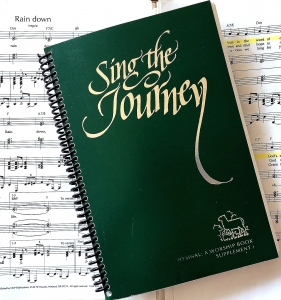
At one point, when a Gaither recording was on, I heard Mother boldly articulating “fathomless billows of love.” I looked to the screen and then I looked at her to see if she was reading the sub-titles. But no, she was folding laundry next to Dad – while singing her inner joy from deep in her being: Fathomless billows of love.
We had literally hundreds of favorite songs in books of sacred music, spirituals, and hymns set to jazz accompaniment – from which we sang her theology every evening at the piano. From these daily periods of renewal and rejoicing and – as science now tells us – hearts beating as one, she would occasionally say as we left the piano, “I’m so glad I paid for those music lessons.”
Hearts beating as one
Not only did we have a huge repertoire of older songs, many of which Mother, the oldest child of a minister, would have heard since being carried in her mother’s womb.
But a significant aspect of our music experience was that, while we enjoyed the music which we had sung for many years, we also added considerably to our repertoire – constantly learning new material.
Once the new material had become an “old favorite” – something which happened quickly – we would definitely come back to it. But we constantly moved on to learning another new number.
Our essence
Initially, when I set up my office in their home on the edge of town, the prime focus was nutritional – nurturing Mother back to well-being after working with her physician to isolate the offending medication.
Once she was up and about again after being very sick, it did not take long until we began our nightly routine of “making beautiful music together.” When I witnessed how she thrived on it, the routine became one which was easily sustainable. Our mutual enjoyment reinforced the importance of keeping it as a priority in our daily schedule.

During my late high school and early college years, I had considered a major in music therapy. But since it was still a relatively new major rarely offered in universities in the Midwest, Mother had encouraged me to follow in her footsteps to pursue a teaching degree.
So I was not unfamiliar with the benefits of music therapy. However, I had no idea that music would become our essence during these years together.
Mythoclastic definition: myth-busting or myth-debunking
Today’s new word-of-the-day from Dictionary.com is “mythoclastic,” a word actually dating back to 1885-1890. Definition is “myth-busting” or “myth-debunking.”
The word is used here to highlight our experience described in the previous paragraphs: Again, what I witnessed is that we were constantly learning new music material. This seemed mythoclastic at the time… but why?
Prevalence of stigma in Western culture
In the late 90’s, the diagnosis of Alzheimer’s was heavily shrouded with stigma. During one of our early physician visits after my hometown return to be with Mother, her provider quietly handed me a physician order with the handwritten words, “Admission to nursing home.” I interpreted his unspoken words to be, “Here’s your ticket out, if you choose to use it.” I thanked him. I knew he was trying to help.
But in the national news, such dreadful words as “warehousing” prevailed. I now believe that the biomedical response was contributing to this abundance of stigma.
And back in Chicago, one of my BFF’s – best friends forever – who has a long-standing practice as a therapist stated she was not aware that people with dementia would continue to learn new information. She is very well-read and current with research, but had not had any experience with people living with dementia.
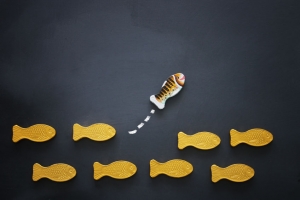
I recall rhetorically asking a family member, “Who can predict what Mother’s quality of life would be if surrounded by loved ones in a familiar setting?”
The question would eventually morph into my vision. It seemed that I was rowing – or rather, swimming – upstream, but, considering our options, was there any other direction?
Y2K and beyond – a time of rapid societal change
We witnessed many changes during the next troubling decade – with its turbulence in institutions – from government and the political arena to the church with its schisms.
Music-as-medicine kept us grounded, fortified our determination, reenergized us on a daily basis, and lifted us – dare I say? – to celestial heights. 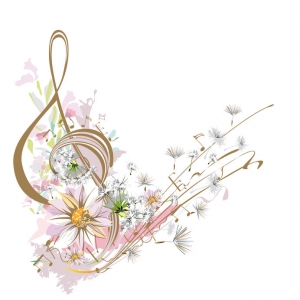
Visitors and guests who stopped to see Mother were invited to join us in singing along at the piano as we continued down a mythoclastic path – introducing our guests to the latest new piece of beautiful music we were learning.
Just how extensive our repertoire would become as we learned new material would be known only after years of singing together. Adding jazz, swing, blues, rag, and waltz accompaniment brought us pure enjoyment – and a feeling of accomplishment. We both brought a high energy level to this time together.
Mother’s ability to superbly-articulate the lyrics – both new and old – continued for a period of close to 11 years following the diagnosis.
Recent research
Recent studies, including research at the National Institute on Aging, have now found that people diagnosed with Alzheimer’s have far greater capacity to learn new information than was previously known.
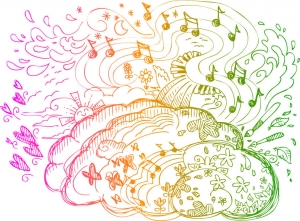 However, the capabilities of people living with dementia – and what they can do – still do not seem to even be a consideration.
However, the capabilities of people living with dementia – and what they can do – still do not seem to even be a consideration.
Benefits of singing – “What songs soothe your heart?”
It was 2013 when National Public Radio (NPR) published the story of a Swedish musicologist explaining the science of “many hearts beating as one” through choral performance.
As author Anna Haensch states, “This is just one little study.” She also acknowledges that “perhaps hymns aren’t for everyone,” but asks, “What songs soothe your heart?” Follow this link to the full NPR story
References:
National Public Radio (2013, July 9) When choirs sing many hearts beat as one. Retrieved April 3, 2018.
_________________________
Author: Susan Troyer

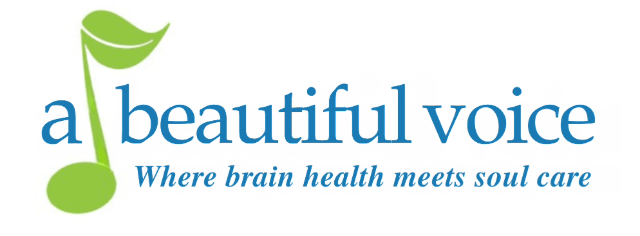
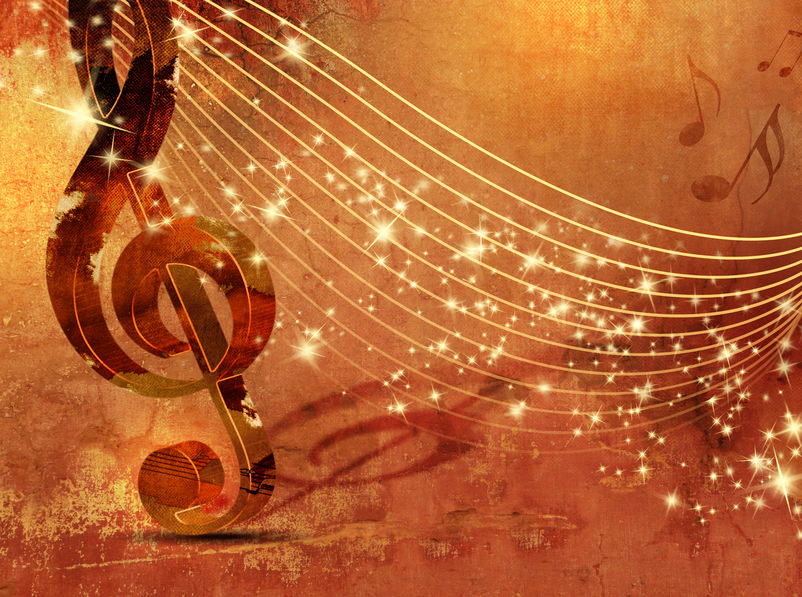
Leave A Comment